Powering The Future: The Role Of Renewable Energy Software
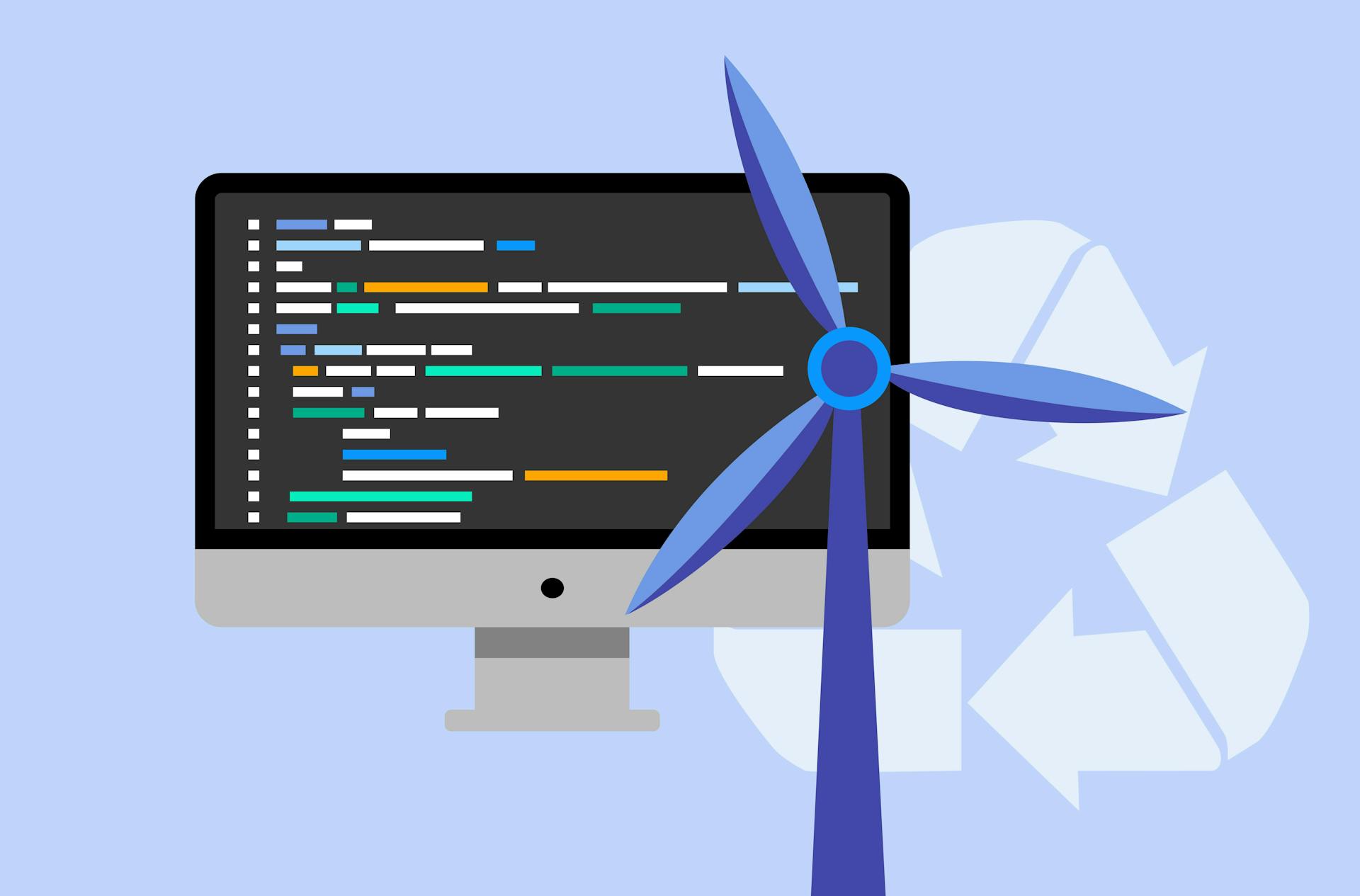
Renewable energy, like wind and solar power, is critical to reducing our carbon footprint and combating climate change. However, harnessing these natural resources efficiently requires advanced technology.
This is where renewable energy software products come in. They are instrumental in optimising renewable energy sources' performance, reliability, and efficiency.
Investing in renewable energy technology allows companies to both aid in creating a greener planet and capitalise on a rapidly expanding market. Developing renewable energy software products is more than a savvy business decision; it's a stride towards a sustainable future.
Why It’s a Good Idea to Develop Renewable Energy Software Products
Aside from saving the planet and making money while doing it, there are a lot of reasons to develop software for renewable energy production. We’ll explore them in more detail below:
✅Economic Incentives
Governments around the world provide financial backing for renewable energy initiatives, including software development. For instance, the UK government has set aside £960 million for investment in green industries in 2023.
Such incentives can reduce the cost of development and stimulate investment in emerging technologies.
Because of this investment, renewable energy systems like solar panels and wind turbines and storage solutions like lithium-ion batteries are becoming more affordable.
These developments make renewable energy and storage technologies increasingly accessible, not just for large projects but also for smaller, community-based initiatives that require digital solutions.
✅Collaborative Opportunities
The field of renewable energy software is fertile ground for collaborations with diverse sectors – from other industries and academic circles to government agencies. These partnerships can fuel innovation and bring new insights into a company's Research and Development (R&D) activities.
✅Enhanced Reputation
Renewable energy software development companies are often seen as socially responsible entities. This perception can boost customer loyalty and attract investors focused on sustainable practices.
✅Innovation and Leadership
Renewable energy software developers are often regarded as trailblazers in both innovation and sustainability. Their leadership in this field can unlock new markets and attract customers who value eco-friendly practices.
✅Competitive Edge
In the renewable energy sector, advanced software solutions can provide a substantial competitive edge. They can boost efficiency, cut costs, and offer unique solutions for renewable energy projects, distinguishing a company from its competitors.
✅Talent Attraction
Companies working on innovative technologies, like renewable energy software, tend to attract skilled professionals. People often want to work for companies that positively impact the environment.
✅Long-Term Profitability
As the demand for renewable energy rises, so does the market for its accompanying software. Investing in this domain promises long-term profitability as more industries pivot towards sustainable practices.
✅Regulatory Compliance
Proactively engaging in renewable energy software development can strategically position companies ahead of regulatory changes. This approach facilitates adherence to upcoming environmental regulations and helps avoid potential fines or penalties.
Key Software Solutions in Renewable Energy
Now that we’ve explored the benefits of developing this kind of software, let's look at the innovative software applications that are driving the renewable energy sector forward.
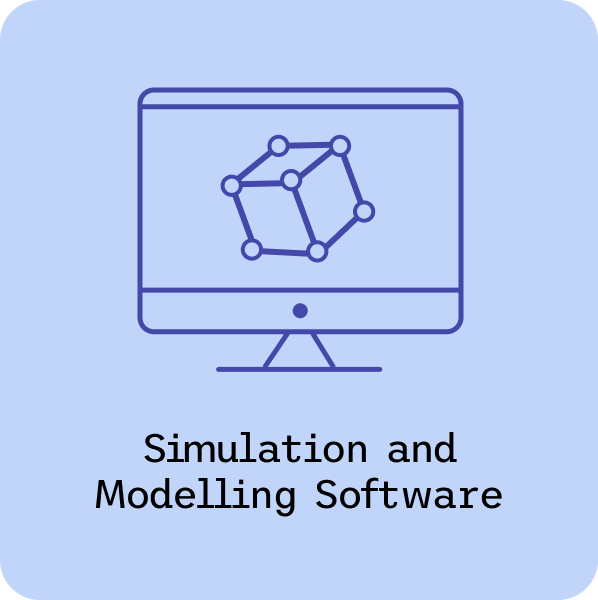
➡️Simulation and Modelling Software
This type of software is essential for designing and testing renewable energy systems before they are built.
It allows engineers to simulate different conditions and optimise systems for efficiency and reliability. This includes modelling how solar panels behave under various weather conditions or understanding the aerodynamics of wind turbine blades.
For example, a company might use simulation software to determine the most efficient layout of solar panels for a given geographical area, taking into account factors like sun exposure, seasonal changes, and potential obstacles.
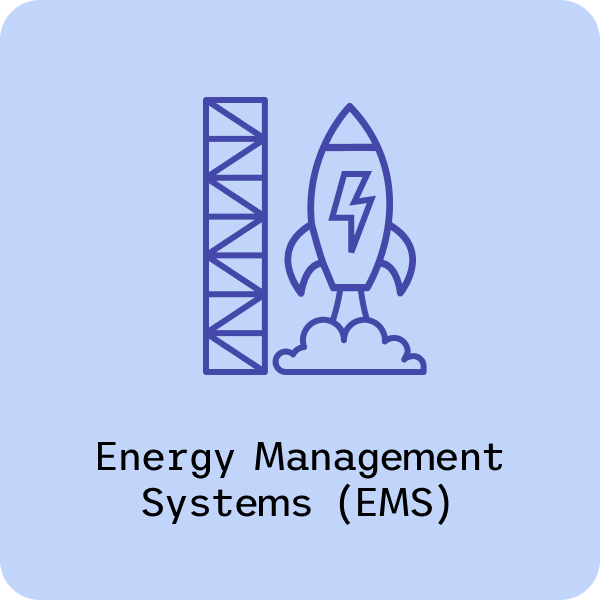
➡️Energy Management Systems (EMS)
EMS software helps in the efficient management and operation of renewable energy resources. It monitors energy production, manages power distribution and ensures that the energy supply meets the demand.
These systems are crucial in integrating renewable energy sources into existing power grids.
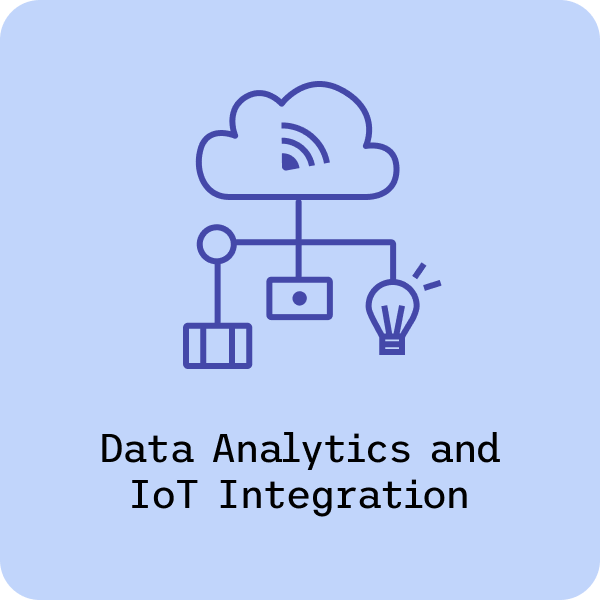
➡️Data Analytics and IoT Integration
This type of software is designed to analyse data from renewable energy systems to identify trends, improve efficiency, and reduce costs. It can predict energy production, optimise resource allocation, and even forecast maintenance needs.
For instance, a hydroelectric power plant could use an analytics platform to analyse water flow data and optimise electricity generation while ensuring minimal environmental impact.
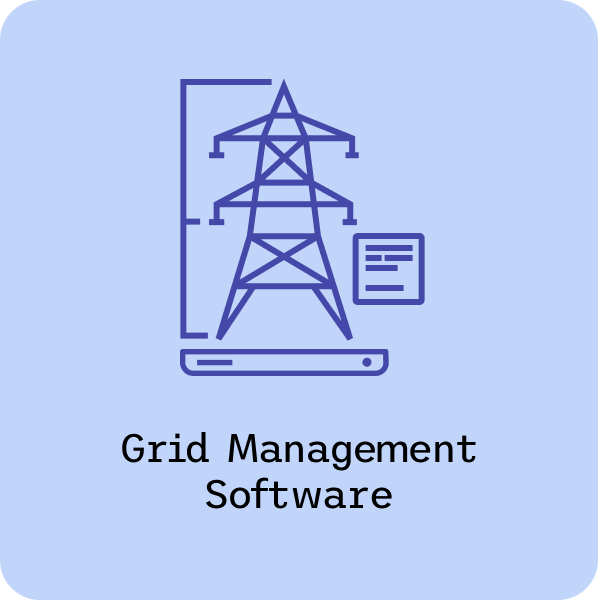
➡️Grid Management Software
As renewable energy sources, like solar and wind, are intermittent, grid management software is vital for maintaining a stable energy supply.
This software controls the flow of energy from multiple sources, balances supply with demand, and assists in the management of energy storage.
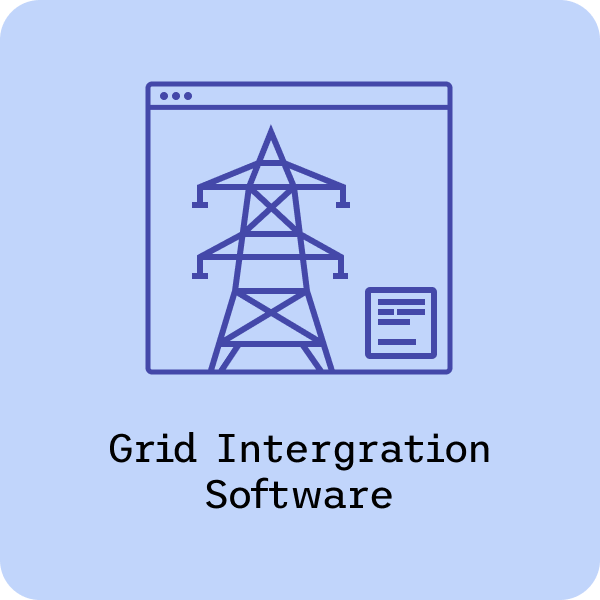
➡️Grid Integration Software
As renewable energy sources are often variable, integrating them into the electrical grid requires sophisticated software. This software manages the flow of energy from these sources, ensuring the stability and reliability of the power grid.
For instance, a utility company uses grid integration software to manage the influx of solar power during the day, balancing it with other energy sources to maintain a stable electricity supply.
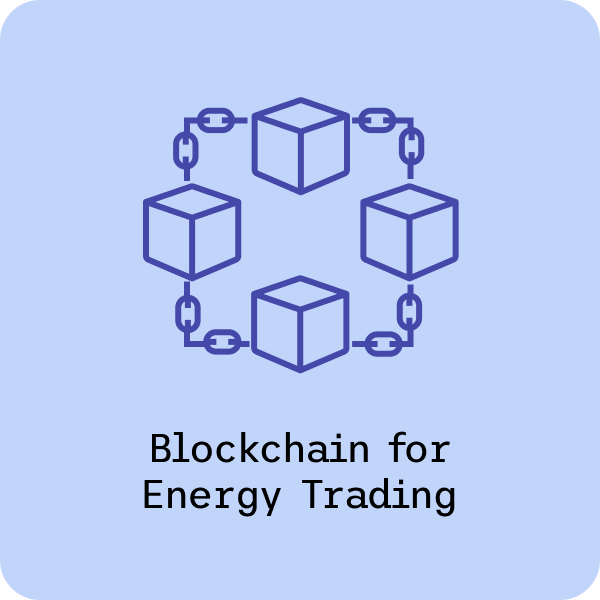
➡️Blockchain for Energy Trading
Blockchain technology is increasingly used for peer-to-peer energy trading in the renewable energy sector.
This software enables homeowners with solar panels, for example, to sell excess energy directly to neighbours, creating a decentralised and efficient energy market.
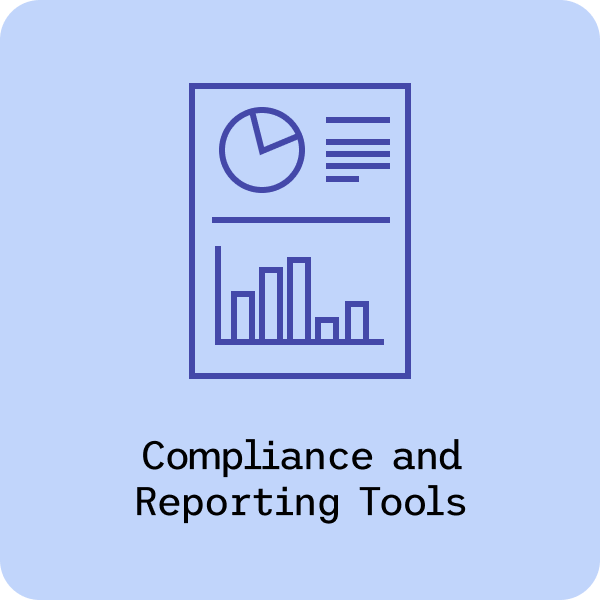
➡️Compliance and Reporting Tools
With the growing emphasis on sustainability, software tools that assist in compliance with environmental regulations and reporting are becoming increasingly important. These tools help companies track and report their energy usage, carbon footprint, and adherence to environmental standards.

➡️Remote Monitoring Software
Remote monitoring software is a crucial tool in renewable energy. It combines Internet of Things (IoT) technology, which connects devices online, with data management and analysis. This software allows you to monitor and control renewable energy systems, like solar farms or wind turbines, from a central location.
You can track performance, make adjustments, and address issues promptly, ensuring smooth and efficient operation. Its rising popularity stems from its effectiveness in managing and optimising renewable energy operations.
🚀 Rocketmakers Case Study
We’re thrilled to have collaborated with enModus, a forward-thinking company committed to helping businesses optimise electrical usage in buildings.
While enModus brought the hardware, our task was to develop a cloud-based platform that would enable remote monitoring and control.
This platform allows users to manage their building's electrical systems from anywhere in the world, enhancing efficiency and reducing operational costs. Our partnership exemplifies our dedication to innovative solutions in energy management and sustainability.
➡️Customer-Facing Software
This includes applications that provide end-users with information about their energy usage, cost savings, and environmental impact. Such software often features user-friendly interfaces and is increasingly used in residential and commercial renewable energy systems.
To illustrate this point, picture a homeowner with a rooftop solar installation using a mobile app to monitor energy generation, consumption trends, and savings on electricity bills.
ℹ️To sum up, a variety of software solutions support the renewable energy sector, each addressing different aspects of energy production, management, and distribution.
These software tools are doing more than just streamlining renewable energy operations; they’re spearheading innovations and efficiencies that redefine the future of energy generation and consumption.
Renewable Energy Software Development for Different Sectors
Hydroelectric Power
Hydropower, one of the oldest and most established forms of renewable energy, harnesses the power of moving water for energy generation.
Water from a river or reservoir is channelled through a dam. The force of the water flow drives the blades of a turbine, which spins a generator to produce electricity.
Around 60% of all renewable electricity is generated by hydropower. This trend is set to continue into 2030 and beyond.
Despite its status as one of the oldest renewable energy sources, the hydropower sector is experiencing a surge in demand for smart technology and digital solutions, creating numerous software development opportunities.
These advancements focus on enhancing hydropower systems' efficiency, reliability, and sustainability. Here are some key areas where software development opportunities are emerging:
Smart Control Systems for Hydropower
There's a growing need for advanced control systems that make hydropower plants more adaptable and efficient. This involves developing software that can manage the plant operations in a more flexible and responsive way, particularly as the energy market changes.
These systems manage the generation and distribution of power. They help balance the load, forecast demand, and integrate with the power grid efficiently.
Digital Solutions for Hydropower Operations
Building digital tools and software for existing hydropower plants, aims to enhance efficiency, reduce maintenance costs, and improve overall performance. This includes the creation of predictive maintenance tools, data analytics, and automated control systems.
Strides have already been made in this space through the XFLEX HYDRO research initiative. The European Union (EU) funded this innovative project that focuses on enhancing the flexibility and efficiency of hydropower technology.
This project involves testing a set of smart hydropower technologies at various hydropower plants in Portugal, Switzerland, and France. The key goals of XFLEX HYDRO are to increase the potential of hydropower plants in providing flexibility to the electric power system and to improve the average annual overall efficiency of hydroelectric machinery.
Other Software Opportunities
💡Hydrological forecasting software: Essential for predicting water inflow in reservoirs based on weather data and historical patterns. This assists in planning and optimising energy production.
💡Asset management software: Used for managing and maintaining the physical assets of a hydropower plant. This includes scheduling maintenance, monitoring equipment condition, and managing spare parts inventory.
💡Safety and risk management software: Used to assess risks, manage safety protocols, and ensure compliance with safety standards. It includes features like incident reporting and safety procedure management.
💡Data analytics and reporting tools: For analysing large sets of data from various sensors and systems within the plant. These insights are crucial for decision-making and operational improvements.
Emerging Ocean Energy Sources
In the realm of renewable energy, a new and exciting field is gaining momentum alongside traditional hydroelectric power: renewable ocean energy. This includes tidal, ocean thermal, and wave energy, forms of energy that are currently less developed but show immense potential.
Researchers and governments across the globe, particularly in the European Union, the United Kingdom, the United States, and South Korea, are actively funding research and development in these areas. This crucial research and development phase is key to efficiently harnessing these energy types for broader use.
The burgeoning industry around renewable ocean energies creates significant opportunities, especially for companies focusing on renewable energy projects.
As the sector expands, the demand for specialised software to support various aspects of these projects continues rising. This software will play a pivotal role in:
➡️Planning: Modelling software will be used to design and optimise plant layout and operations.
➡️Energy management systems (EMS): These systems manage the generation and distribution of power. They help in balancing the load, forecasting demand, and efficiently integrating with the power grid.
➡️Operations monitoring: To oversee the day-to-day operations of energy facilities and improve operational efficiency.
➡️Renewable assets management: To maintain and manage the infrastructure harnessing ocean energy.
Key players in this emerging field span traditional hydropower companies, innovative marine and tidal energy startups, research institutions, grid operators, and environmental consultants.
The software developed for this sector aims to optimise energy production, thereby maximising efficiency and output, reducing operational costs, ensuring compliance with environmental and industry regulations, and bolstering sustainability efforts.
Software for Wind Power
Wind energy is an amazing way to produce electricity. It uses big turbines – tall structures with large blades – that spin when the wind blows. This spinning generates power.
One of the best things about wind power is its cleanness. Unlike burning fossil fuels like coal or gas, generating electricity from the wind doesn't create air pollution or greenhouse gases.
In 2022, wind electricity generation increased by a record 265 TWh (up 14%), reaching more than 2 100 TWh. This means the increase in wind energy generation alone could power approximately 24.9 million average American homes for a year.
This is impressive, especially in countries like the U.S., China, and Germany, where wind power is a big part of energy production. For example, about 9% of the electricity in the States comes from wind.
As with hydroelectric power, the wind power software space offers a variety of opportunities for innovation and development.
Here are some key opportunities in this area:
➡️Predictive maintenance software: Developing software that can predict when parts of a wind turbine require maintenance can significantly reduce downtime and increase efficiency. Using machine learning algorithms to analyse data from sensors on the turbines, this software can forecast wear and tear and suggest timely repairs or part replacements.
➡️Performance optimisation tools: There's a growing demand for software that can analyse real-time data to improve the performance of wind turbines. This includes adjusting blade angles and positions based on wind speed and direction to maximise energy output.
➡️Energy storage integration: With the rising adoption of renewable energy sources such as wind, the demand for efficient energy storage solutions is also increasing. Software that can manage and optimise energy storage and release can be a game changer, especially for balancing supply and demand.
➡️AI and machine learning for weather forecasting: Advanced weather prediction software using AI and machine learning can greatly benefit wind power generation. Accurate predictions of wind patterns using wind resource data can help optimise power production and grid distribution.
Offshore Wind Farms
An exciting area of wind power is offshore wind farms, which are built in the ocean. These are growing fast and can produce a lot of electricity. The Dogger Bank offshore wind farm located off England’s northeast coast is expected to power more than 6 million homes once it's fully operational in 2026.
Offshore wind farms present unique challenges, including harsh operating environments and complex logistics.
Software solutions that can efficiently manage these aspects, from maintenance scheduling to logistics and supply chain management, are in high demand and include the following:
Remote Monitoring and Control Systems
As wind farms are often in remote areas, there's a need for software that allows for remote monitoring and control. This includes real-time data analysis, fault detection, and remote troubleshooting.
Digital Twin Technology
Digital Twin technology in offshore wind farms involves creating a virtual model, or a 'digital twin', of wind turbines or the entire wind farm. This cutting-edge technology integrates real-time data from various sensors on the physical turbines into a dynamic virtual representation.
It's like having a live, digital copy of the wind farm that you can monitor and analyse from anywhere. This twin allows operators to track performance, anticipate maintenance needs, and even simulate different scenarios to optimise efficiency.
Software for Solar Power
Solar power is becoming a go-to choice for renewable energy worldwide, and the software that supports it is a large, expanding field. This includes everything from small mobile apps for home use to large systems for solar farms.
The market for solar energy software is already well established and includes a range of tools, including:
Solar Design Software
This category includes a range of tools. Professionals use big online platforms like SolarFarmer by DNV to design and plan solar farms. Easy-to-use apps like Aurora Solar help design and set up solar systems more simply.
Solar Plants Management Software
For managing solar plants, there are complex systems like Power Factors. They offer comprehensive services like monitoring the plant, analysing data, and automating routine tasks.
Consumer-Focused Solar Apps
Homeowners have access to a variety of apps. The KOSTAL Solar App lets them monitor how much energy their panels are producing. SolarEdge Monitoring offers remote control of panels with interactive dashboards. And for those interested in simulation, there's Solar Panel Simulator for PV System 3D.
The good news is that the solar energy software space has the potential for innovation and development. Here are some key areas where software opportunities exist:
➡️Energy prediction and analytics: Developing software that uses AI and machine learning to predict solar energy output more accurately. This can include weather impact analysis, performance forecasting, and optimisation algorithms.
➡️Integration with smart home systems: Creating software that integrates solar panel systems with smart home technologies. This could allow for automated energy management, where the system adjusts energy usage based on solar production and household needs.
➡️Battery management systems: As solar storage becomes more common, there’s a need for software that optimally manages battery storage systems, including charge/discharge cycles, health monitoring, and integration with solar panels.
➡️Data security: With the increasing amount of data generated by solar systems, there's a need for robust security and compliance software to protect against cyber threats and ensure data privacy.
➡️Community solar project management: Developing software that helps manage community solar projects, including subscriber management, billing, and distribution of energy credits.
➡️Carbon footprint analysis tools: Software designed to monitor and analyse the reduction in carbon footprint achieved through solar energy use is invaluable for both individual consumers and businesses striving to reduce their environmental impact.
Each area presents a unique opportunity to contribute to the growing field of solar energy, making solar power more efficient, accessible, and user-friendly.
Key Takeaways
Software is incredibly crucial in the renewable energy sector. It's a driving force in the movement towards greener energy solutions.
As we face the challenges of sustainable energy and climate change, the role of software becomes increasingly important.
It's essential to maximise the efficiency and potential of renewable resources like wind, solar, and hydropower.
As this software continues to evolve and improve, it will play a key role in guiding us towards a future that's more sustainable and heavily reliant on renewable energy sources.
🚀Elevate Your Impact with Rocketmakers
This movement towards sustainable forms of energy also presents an opportunity for businesses looking to make a positive impact.
At Rocketmakers, we don't just create software – we bring your ideas to life. As a dedicated B Corp focused on sustainability, we specialise in crafting renewable energy software tailored to your vision.
Our expertise lies in transforming your concepts into powerful solutions that drive your business and our planet towards a brighter, greener future.
Ready to turn your idea into impactful technology? Get in touch with us, and let's make it happen!



